Installing proper driver on your computer for your device can be either very annoying or simple as that. It’s one thing that has been annoying users ever since computers came, and the situation is still somewhat same. Even after Microsoft added automated driver installation support with Windows Vista onwards, we still stumble upon incompatible drivers for our various devices.
A device driver is a program that provides software interface for your device to computer when connected via a cable. This lets the computer communicate/issue commands to your device. You’ll need proper Nexus 9 driver installed on your computer to do things as basic as transferring files to issuing ADB commands or fastboot commands for flashing factory images.
Google provides USB driver for its Nexus line of devices along with Android SDK. The Google USB Driver typically works for all Android devices having trouble connecting in ADB or Fastboot mode, and for Nexus devices these are the only drivers you’ll ever need.
However, it may happen that you’ve installed proper driver for your Nexus 9 on your computer, but still you’re unable to get your tablet connected. In that case, check out the troubleshooting tips shared at the bottom of this page.
Without further ado, let’s see how to install Nexus 9 driver on your Windows computer.
NEXUS 9 DRIVER INSTALLATION
METHOD: GOOGLE USB DRIVER
Google USB driver comes straight from Android SDK, and will install ADB and Fastboot Driver for your Nexus 9 on your computer.
INSTALLATION
- Extract/Unzip the latest_usb_driver_windows.zip file on your computer.
- Connect your Nexus 9 to the computer using an authentic USB cable (preferably, use the cable cam packed with your Nexus 9).
- Open device manager on your computer:
- Windows 7 & 8 users → search for Device Manager from Start (or Start screen) and click to open.
- Windows XP users → Google it!
- You will see list of all devices attached to your computer in the device manager. Just find Nexus 9 (it’ll most probably be in the Other devices list with a yellow exclamation mark), Right-click and select Update Driver Software…
from the context menu. - Select Browse my computer for driver software in the next window
- Now click the Browse… button and select the folder where you extracted the downloaded Google USB Driver zip file in Step 1 above. Do NOT select the zip file, select the folder where the contents of the zip file are extracted. And keep the Include subfolders box checked on the screen.
- During the installation (as a security check) Windows may ask your permission to install the drivers published by Google Inc. Click Install
- Once the installation is complete you’ll see a refreshed list of devices on the Device manager screen showing Nexus 9 driver installed successfully.
Once you’ve installed Google USB Driver, verify ADB and Fastboot connectivity from the command window using “adb devices” and “fastboot devices” (when device is in fastboot mode).
TROUBLESHOOTING TIPS
It may happen that even after you’ve installed proper Nexus 9 driver on your computer, your device still doesn’t connect in ADB, Fastboot and MTP. In that case, just follow the simple instructions given below to troubleshoot this issue:
- Connect your Nexus 9 to computer with a USB cable and open Device manager on your computer.
- Look for ‘Android Composite ADB Interface‘ entry, right-click and select uninstall from the context menu.
- In the uninstall pop-up that appears, tick ‘Delete the driver software for this device’ checkbox and press the “Ok” button.
- Disconnect your tablet from your computer.
- Disable USB debugging on your Nexus 9 from Settings » Developer options » un-tick ‘USB debugging’ checkbox.
- Put your Nexus 9 in MTP mode (It should be in MTP by default unless you selected the Camera (PTP) mode).
- Connect your Nexus 9 to the computer again, and let the computer re-install drivers automatically. If it doesn’t re-installs driver, try toggling the ‘USB debugging’ option on your device.
- If it still fails to completely recognize your device in all three modes — MTP, ADB and Fastboot. Then try installing the drivers again following the drivers installation guide above (preferably, Method 2: Google USB Driver).
OTHER TIPS:
- Connect your device to other USB ports on the computer.
- Try different USB cables. The original cable that came with your device should work best, if not — try any other cable that’s new and of good quality.
- Reboot computer.
- Try on a different computer.

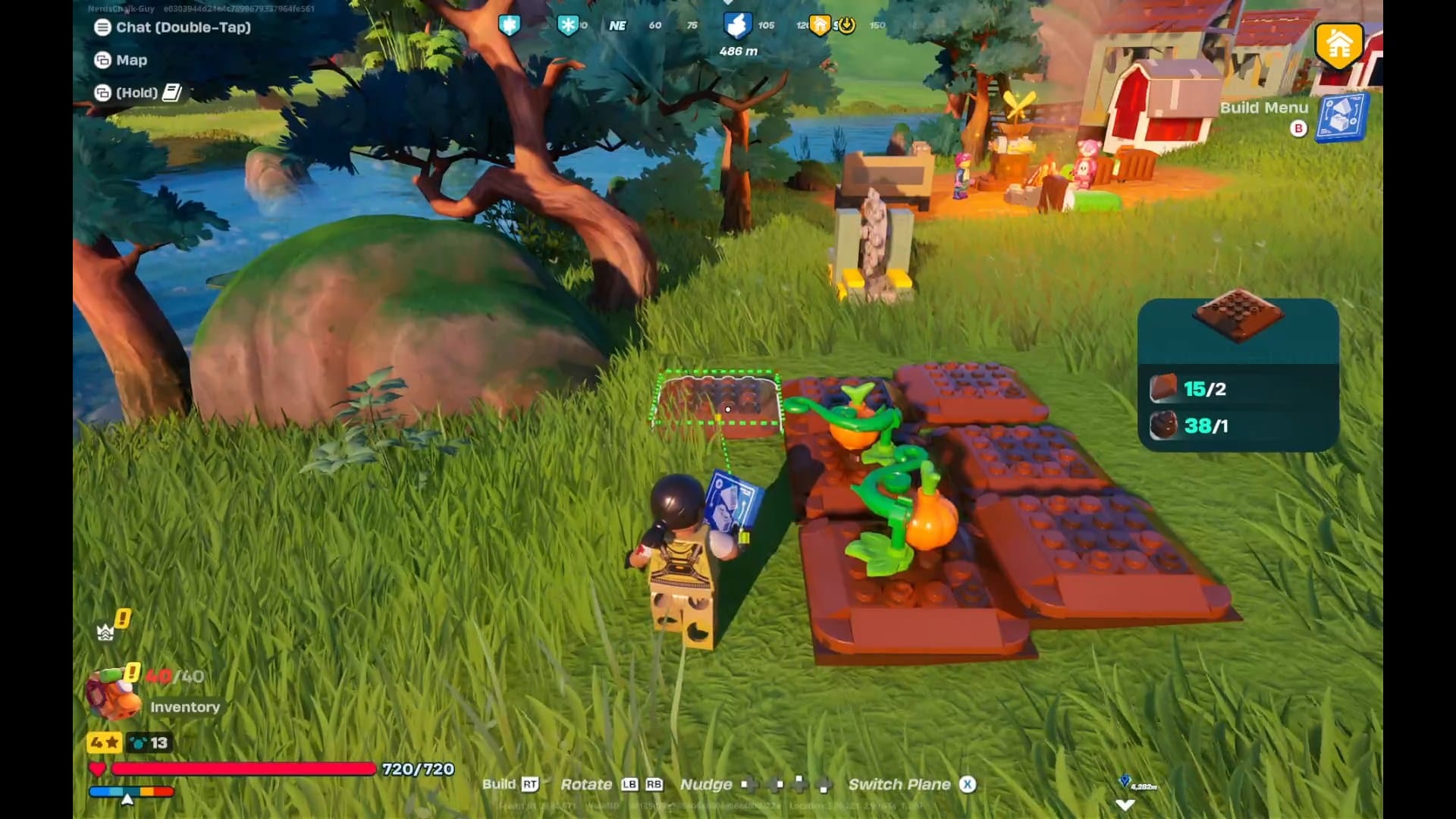
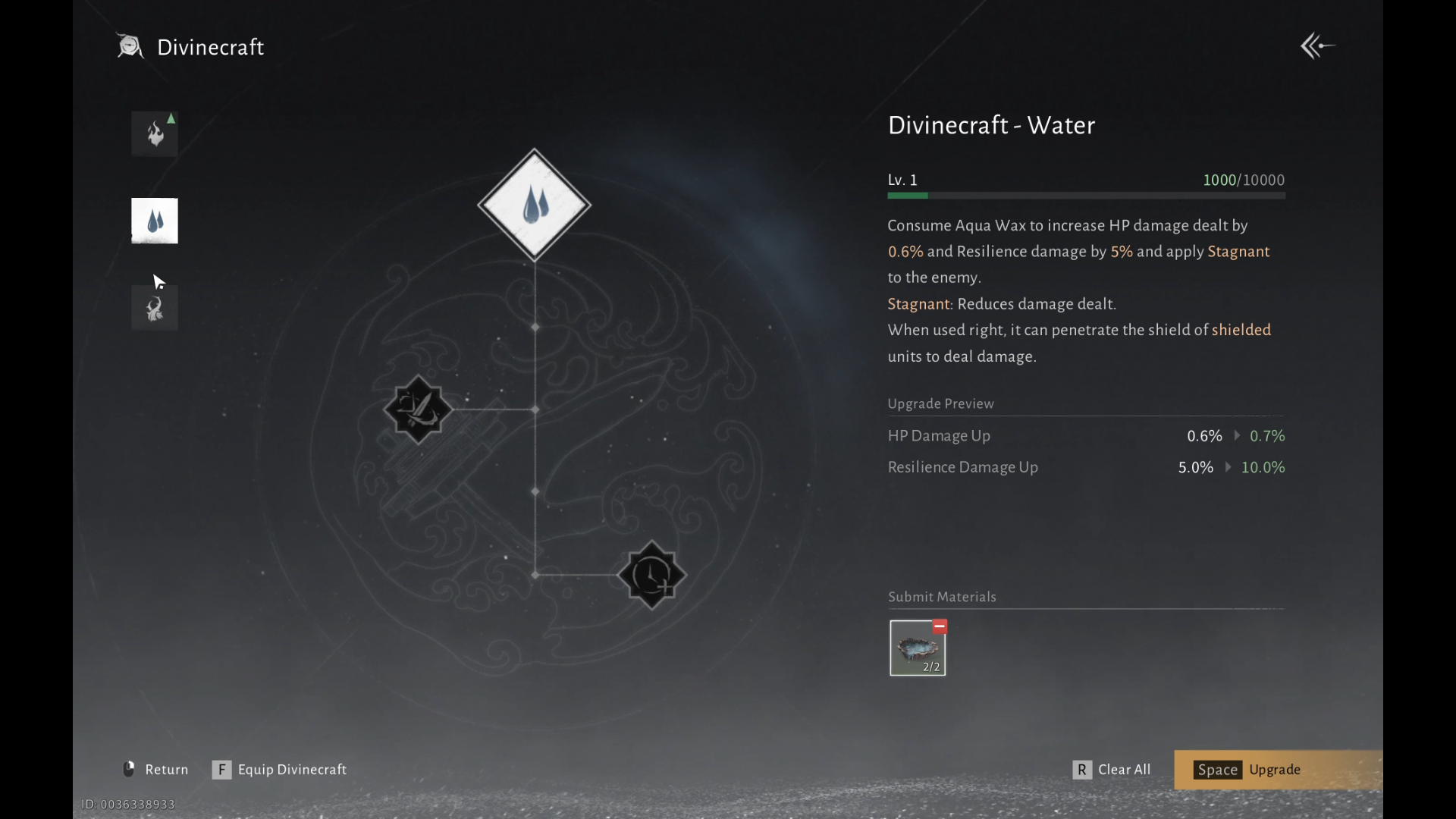


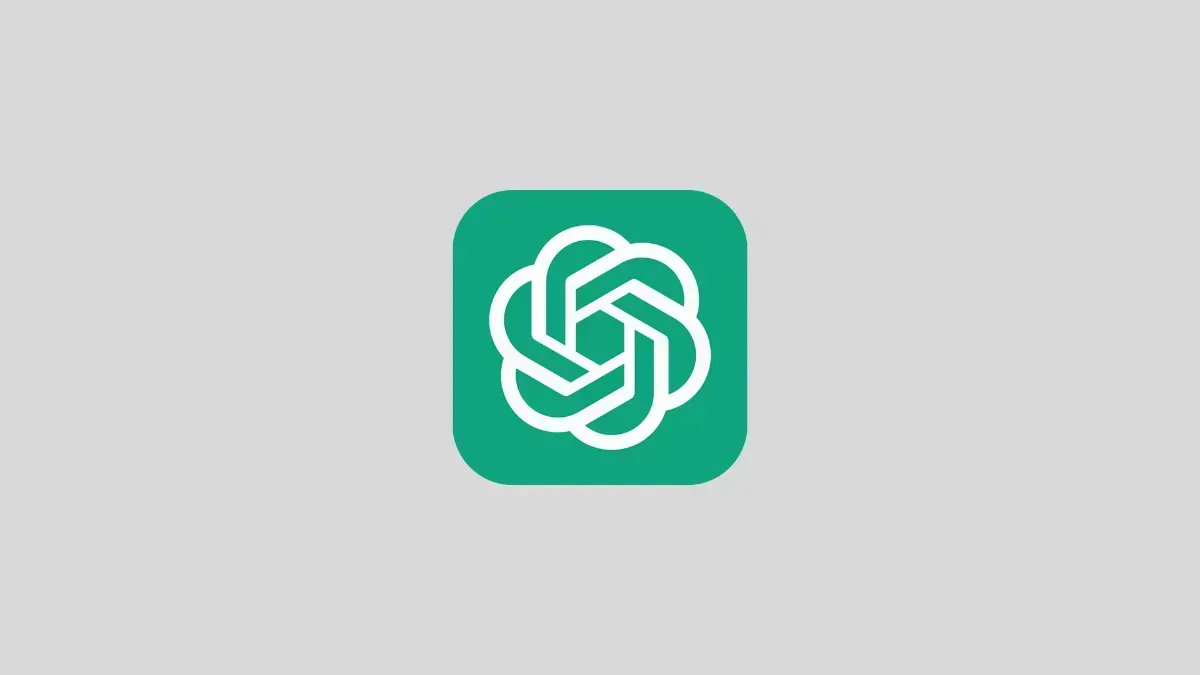
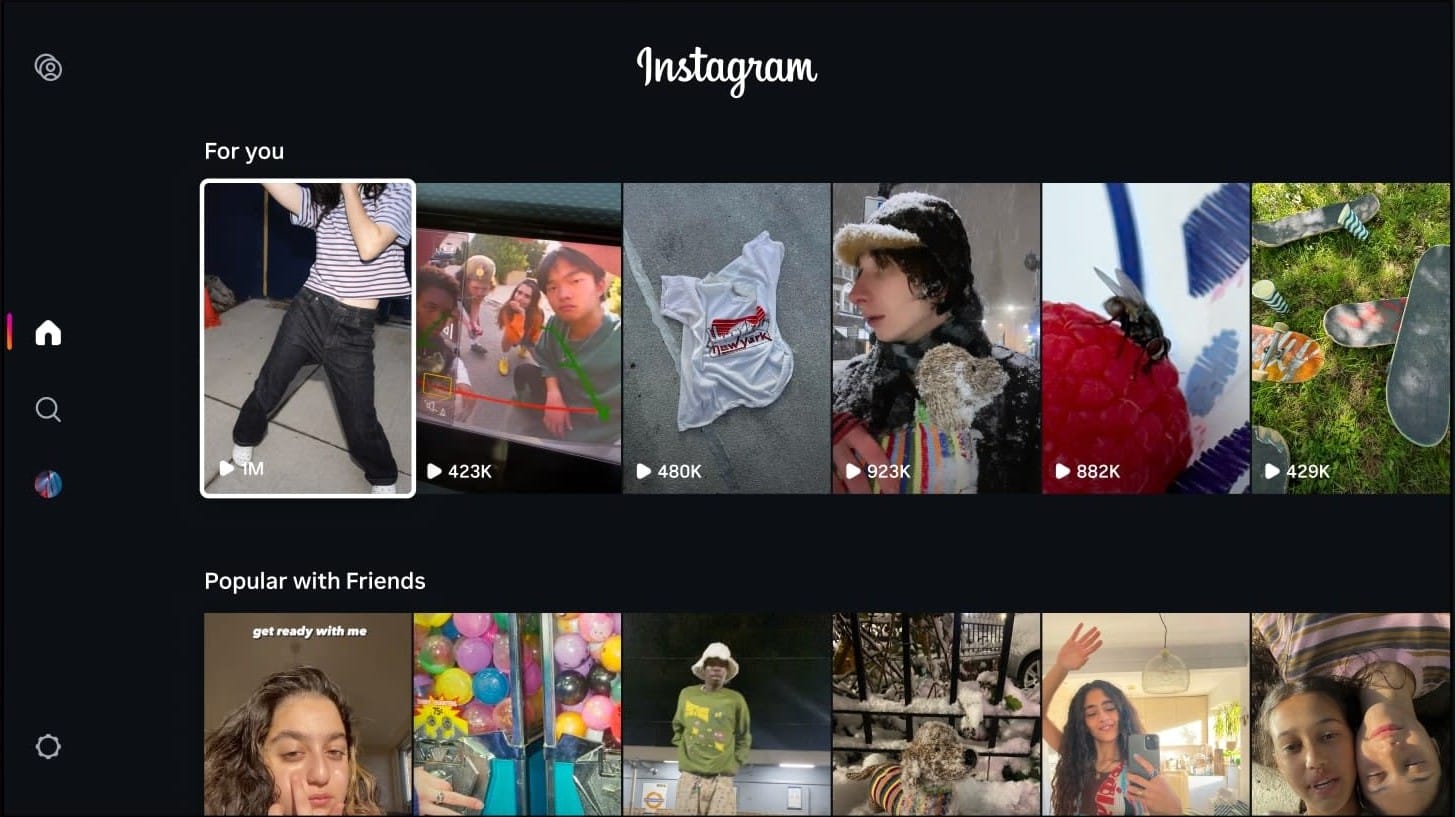



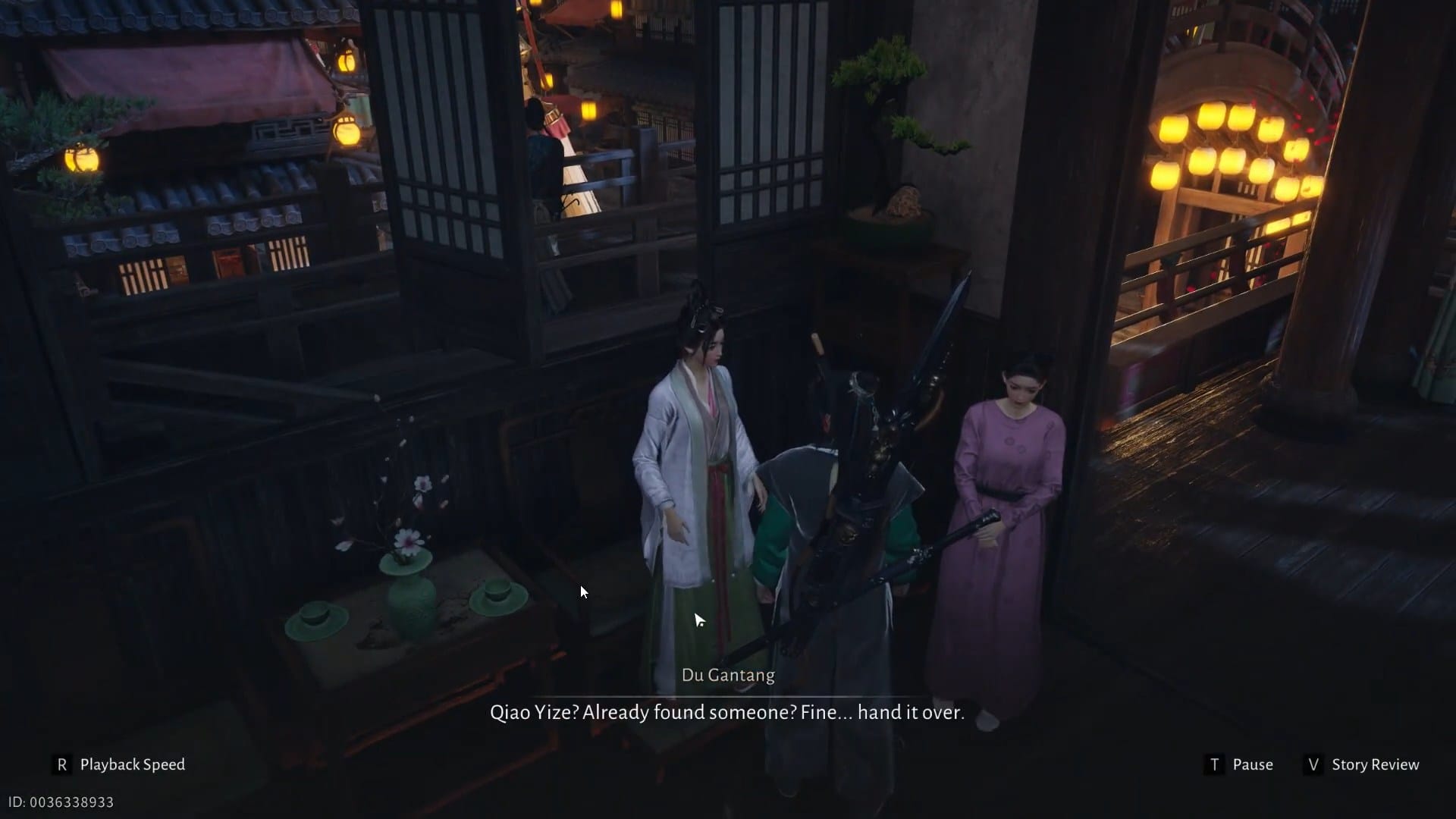

Discussion